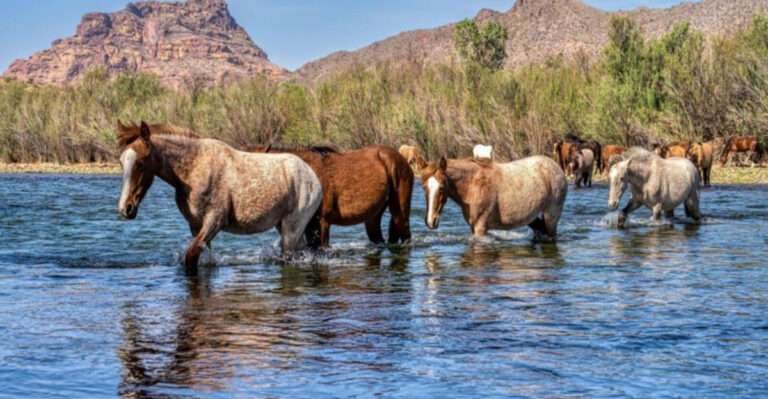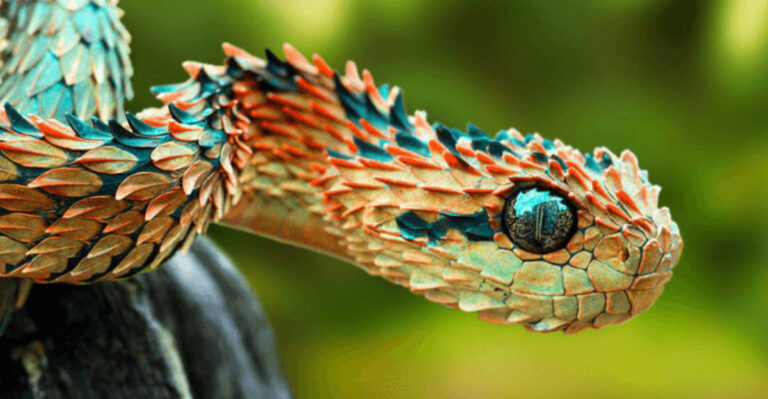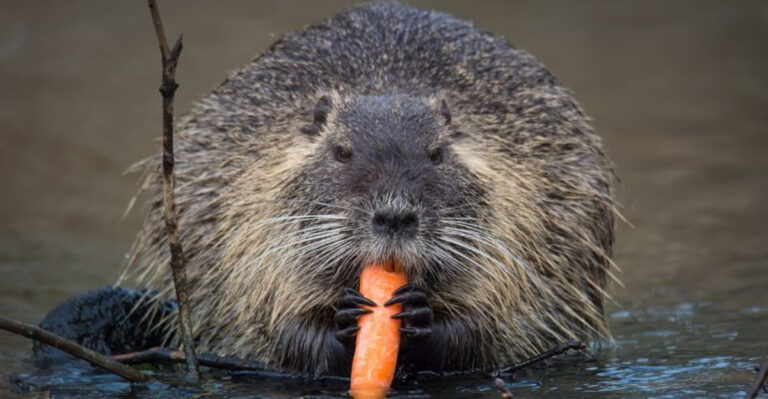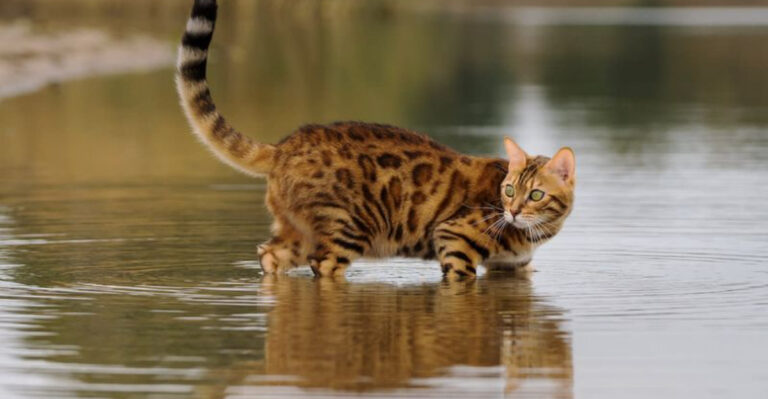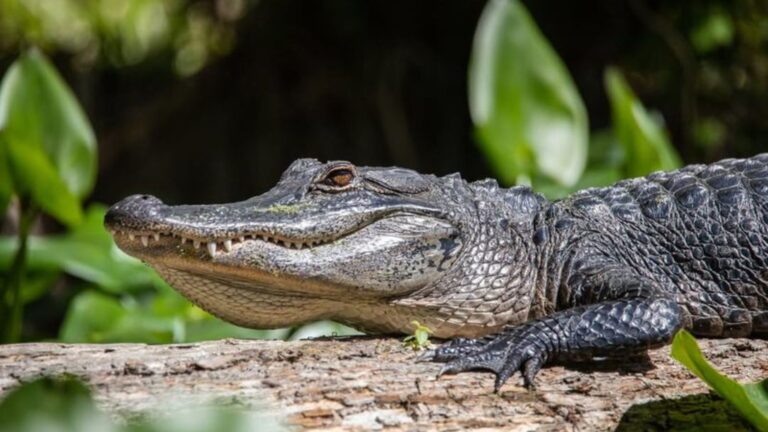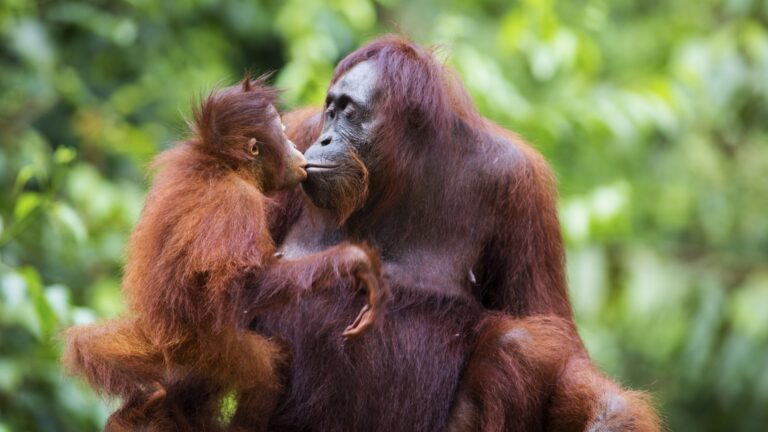14 Birds That Could Easily Be Mistaken For Robins
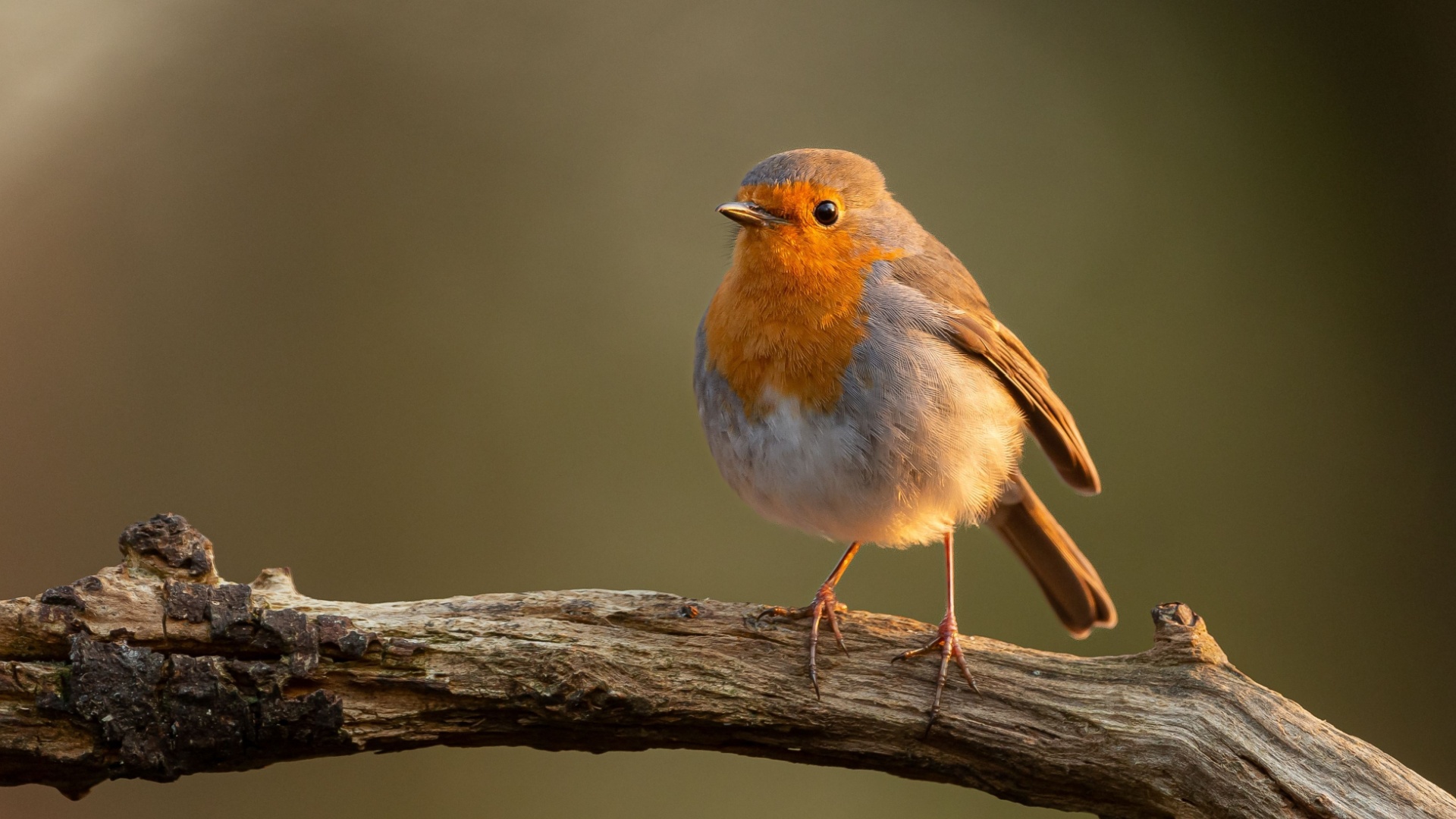
Ever spotted a bird with a reddish breast and thought it was a robin, only to realize something seemed a bit off? You’re not alone! Many birds share similar coloring or features with our familiar robin friends, making identification tricky for casual birdwatchers.
Here’s a guide to birds that might have you doing a double-take when you spot them in your backyard or local park.
1. American Redstart
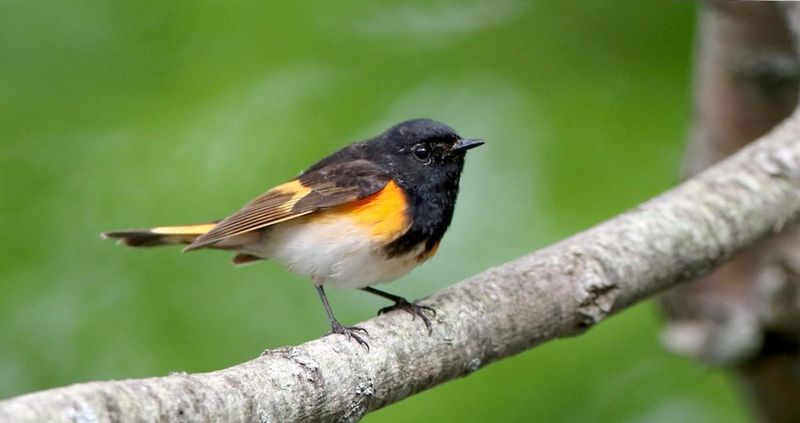
Flash of orange-red on black creates an eye-catching display when this warbler spreads its tail. Unlike robins’ steady presence at birdbaths, redstarts flit nervously through foliage, catching insects mid-air with acrobatic twists.
Females and young birds sport yellow where males show orange, but all share that distinctive tail-fanning habit that momentarily resembles a robin’s red breast.
2. Spotted Towhee
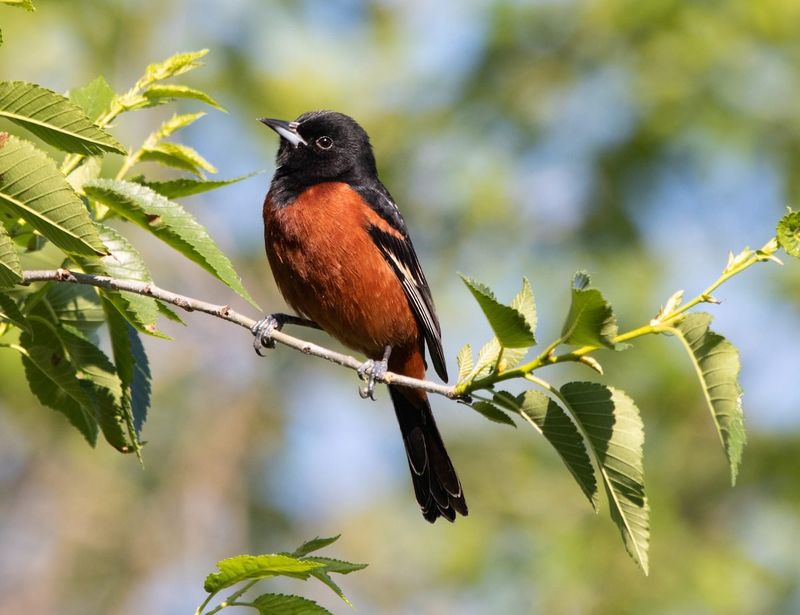
Hidden among leaf litter, these ground-dwellers create mini whirlwinds as they kick backward with both feet simultaneously. Their rusty-red sides and white-spotted wings might catch your eye when you’re expecting a robin.
Listen for their distinctive ‘drink-your-tea’ call – completely different from a robin’s cheerful chorus. Their red-orange flanks paired with a black head creates that robin-esque confusion.
3. Eastern Towhee
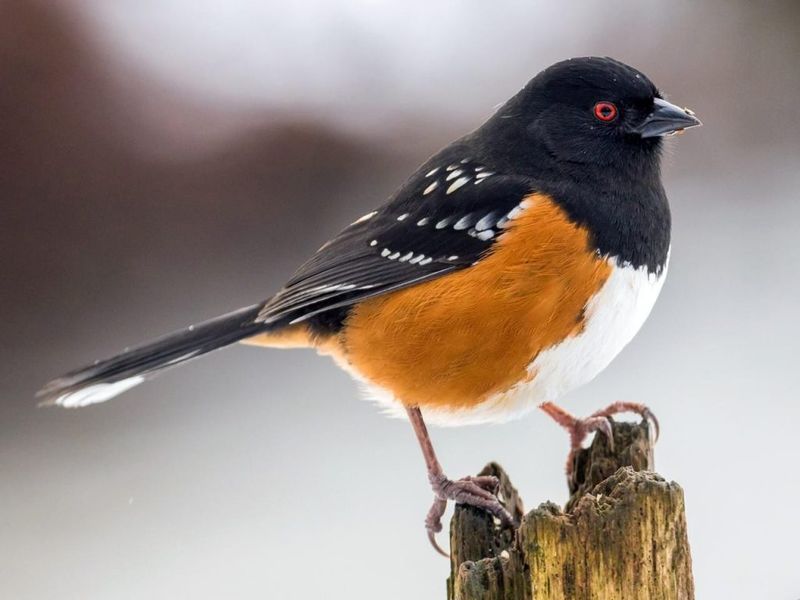
Rustling through fallen leaves sounds like a small animal digging, but it’s just this striking bird hunting for dinner. With rusty sides that flash when they fly, Eastern Towhees often trick observers into thinking they’ve spotted a robin.
Their characteristic ‘drink-your-tea’ song echoes through eastern woodlands, setting them apart from their robin cousins. These ground-feeding birds have a more dramatic contrast between their black upper parts and colorful sides.
4. Varied Thrush
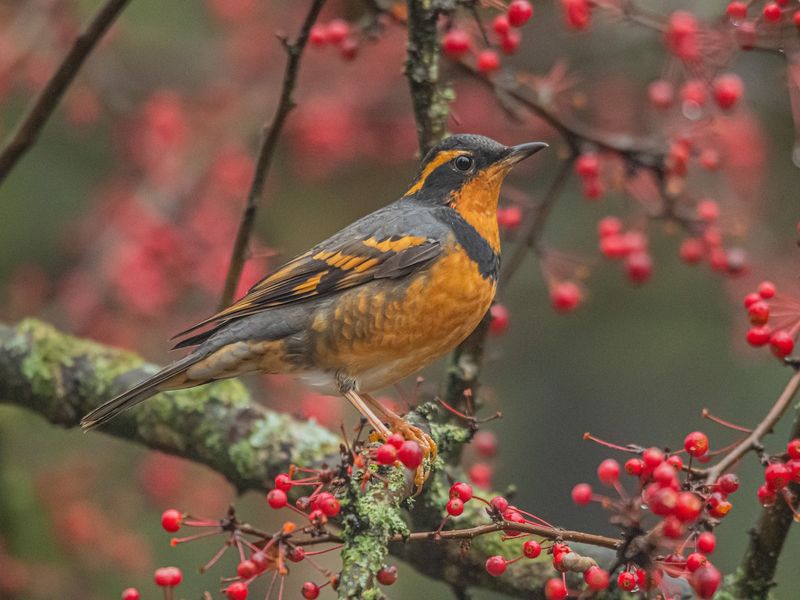
Haunting, flute-like notes pierce foggy northwest forests where these secretive relatives of robins dwell. With a striking black necklace across their orange breast, Varied Thrushes appear like robins wearing formal attire.
Winter brings them to backyard feeders, where their shy, nervous behavior contrasts with robins’ bold approach. Their slate-blue back and distinctive breast band are key differences, though their size and shape scream ‘robin’ at first glance.
5. European Robin
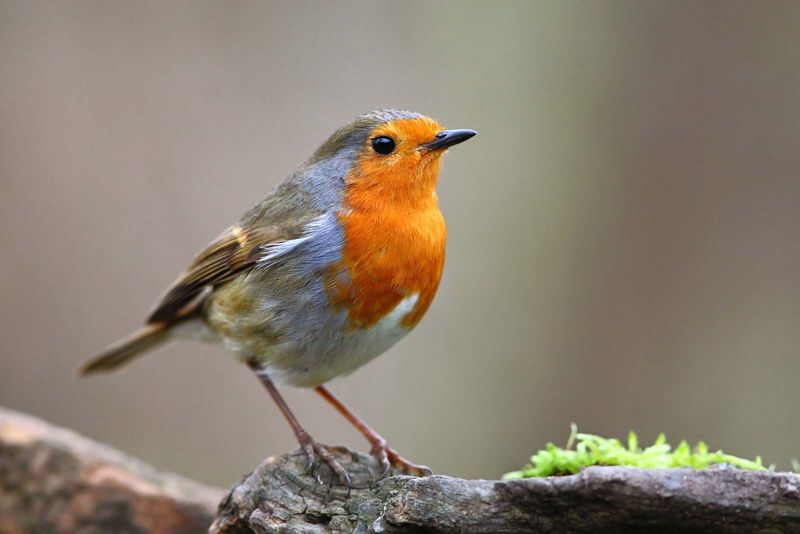
Pocket-sized compared to American robins, these charming birds feature in countless Christmas cards across the pond. Their fiery orange-red face and breast create the confusion, though they’re barely half the size of their American namesakes.
Bold and inquisitive, they’ll follow gardeners closely, waiting for unearthed worms. Unlike American robins’ yellow bill, European robins sport a delicate brown one, with rounder bodies and a more upright stance.
6. Rufous-Backed Robin
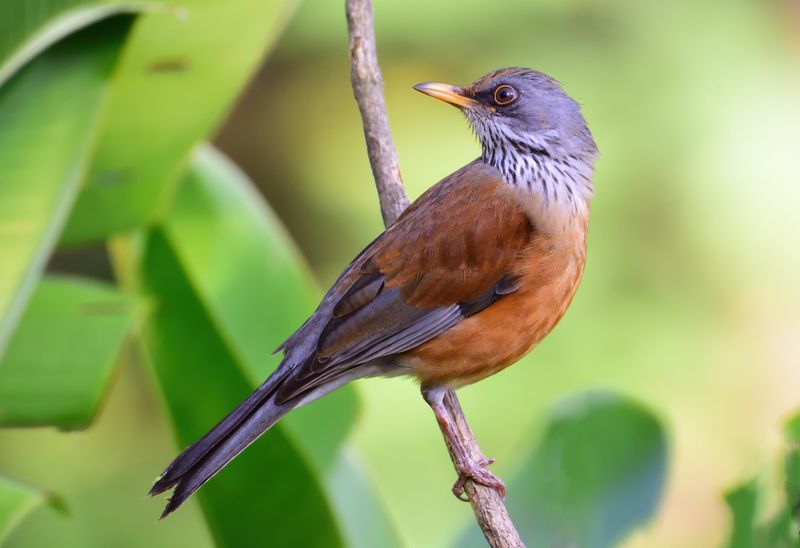
Cinnamon-colored wings catch the sunlight as these Mexican visitors venture occasionally into Arizona and Texas. Their rusty backs give them away – a feature American robins don’t share, though their overall silhouette creates momentary confusion.
Fruit-loving wanderers, they’ll strip a berry bush clean while singing a melodious, thrush-like song. Their preference for arid habitats rather than suburban lawns means many birdwatchers miss this robin doppelgänger entirely.
7. Clay-Colored Thrush
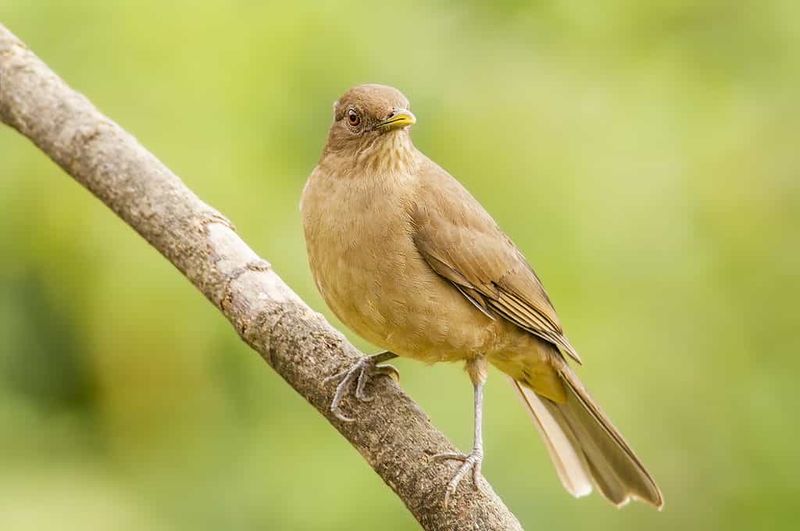
National bird of Costa Rica brings tropical flair with its olive-brown plumage and subtle peachy throat. While lacking the bright red breast of robins, their shape, size, and behavior create perfect robin mimicry for unsuspecting observers.
Morning songs burst with complex melodies that put robins’ simple tunes to shame. Look for their distinctive pale eye ring and slightly downturned bill – subtle clues you’re watching Costa Rica’s beloved yigüirro rather than a drab robin.
8. Black-Headed Grosbeak
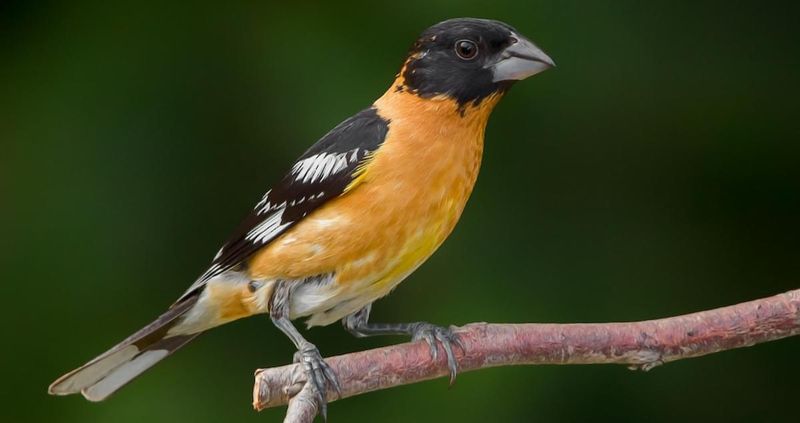
Sunflower seed crackers extraordinaire, these birds’ massive beaks can split open seeds that would defeat most backyard visitors. Males sport a striking orange-cinnamon breast that often triggers robin confusion, especially when glimpsed briefly through foliage.
Their rich, robin-like warble has earned them the nickname “Western robin” in some regions. Unlike robins’ plain heads, these handsome birds feature dramatic black-and-white patterned faces that become apparent upon closer inspection.
9. Orchard Oriole
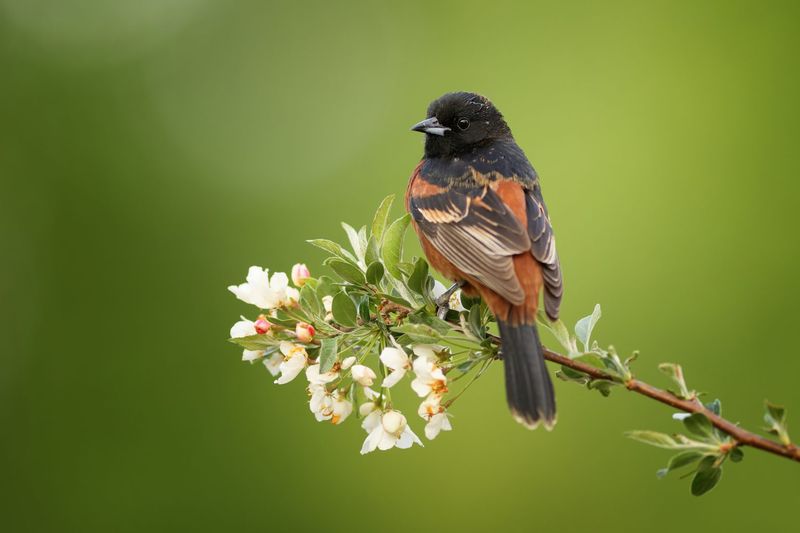
Smallest orioles in North America pack surprising color into their compact frames. Male’s deep chestnut-red belly and black head create a color combination reminiscent of robins, especially when seen from below in flowering trees.
Master weavers construct hanging pouch nests that would make robins’ mud cup homes seem primitive by comparison. Their chattering calls and preference for treetop living separate them from ground-foraging robins, though quick glimpses still cause identification confusion.
10. Common Redstart
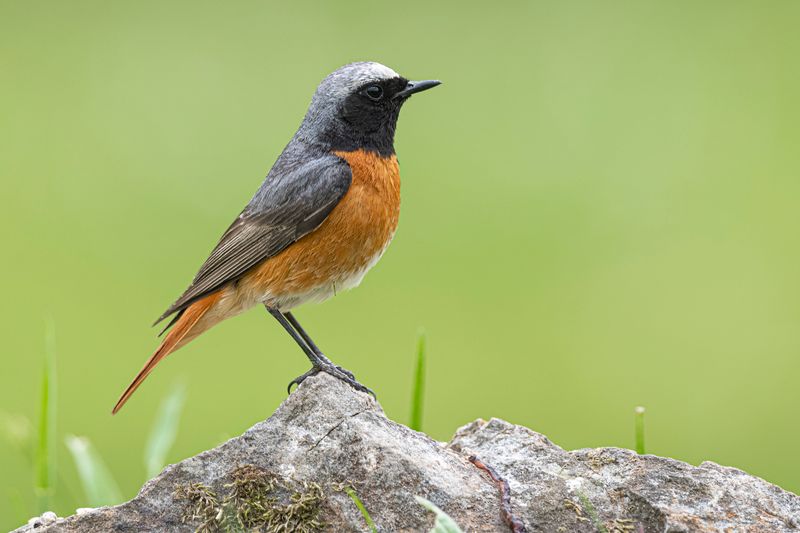
Quivering orange tail flashes like a warning beacon when these European beauties take flight. Males sport a striking slate-gray back with orange-red breast and tail, creating a color palette that recalls robins even though the pattern differs.
Ancient buildings provide nesting spots for these cavity-dwellers, unlike robins’ preference for tree branches. Watch for their characteristic tail-shake after landing – a nervous habit that separates them from the more confident strut of European robins.
11. Cape Robin-Chat
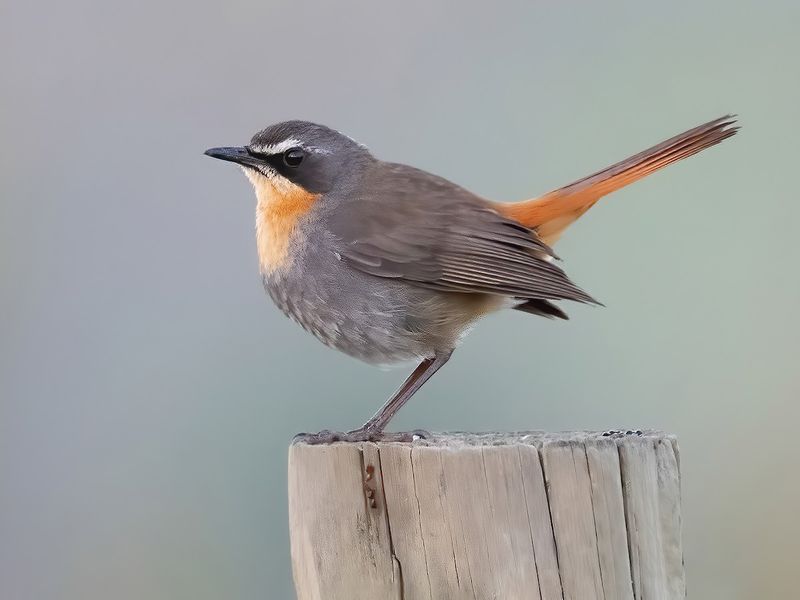
Morning symphonies in South African gardens often come from these vocal performers with orange-red bibs beneath gray faces. Despite “robin” in their name, they’re not closely related to American robins, though their confident hopping and similar size cause confusion.
White eyebrow stripes give them a perpetually surprised expression American robins lack. Their habit of following gardeners to snatch disturbed insects mirrors robin behavior, adding to the mistaken identity cases.
12. Australian Magpie
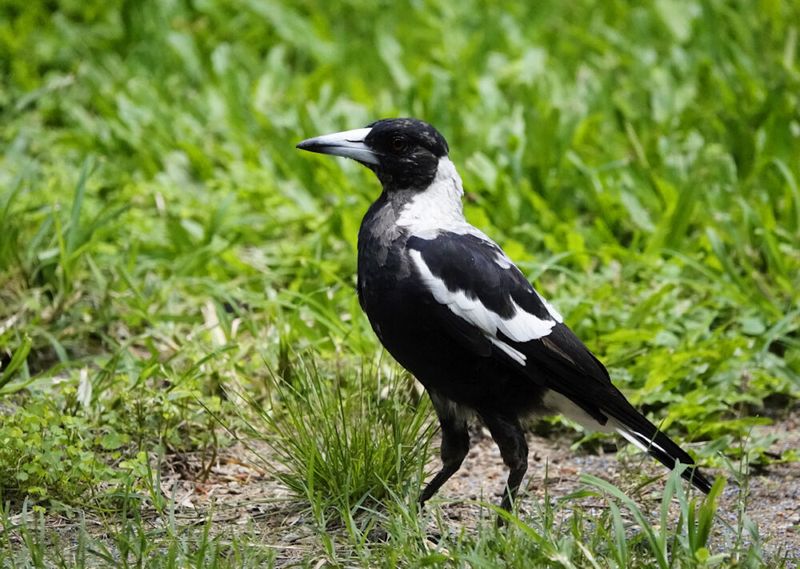
Swooping season turns cyclists into cautious figures wearing spiky helmets as these intelligent birds defend their young. Known as “Australian robins” for their lawn-hunting habits, they bring a familiar charm to suburban yards despite their striking black-and-white plumage.
Complex caroling songs showcase their vocal talents, easily surpassing typical robin melodies, and some even mimic human speech.
13. Mountain Bluebird
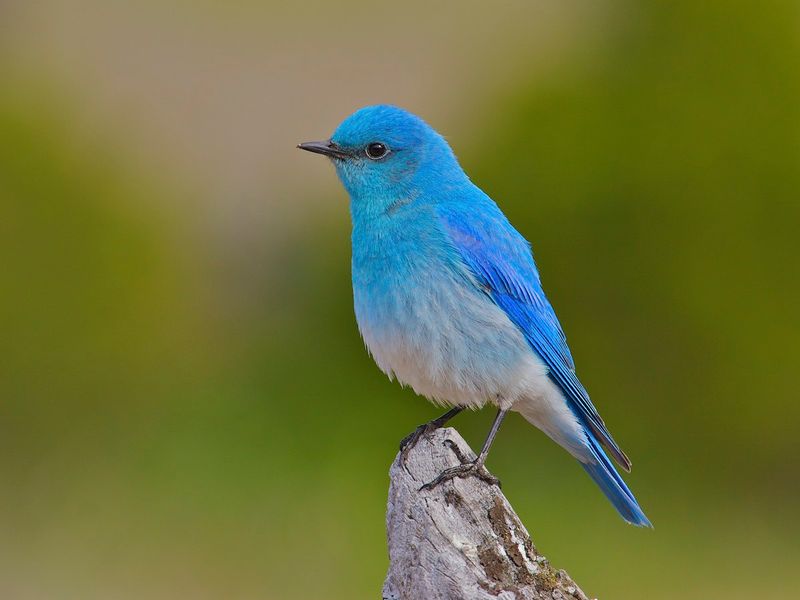
Floating on invisible air currents, these breathtaking azure hunters hover like tiny kestrels before diving for insects. Though lacking red breasts entirely, their thrush family connection to robins gives them similar shapes, sizes, and behaviors that cause frequent identification mix-ups.
Nesting in abandoned woodpecker holes rather than creating mud cups separates them from true robins. Their preference for open mountain meadows rather than suburban lawns means many casual birdwatchers encounter them only on vacation trips.
14. Flame Robin
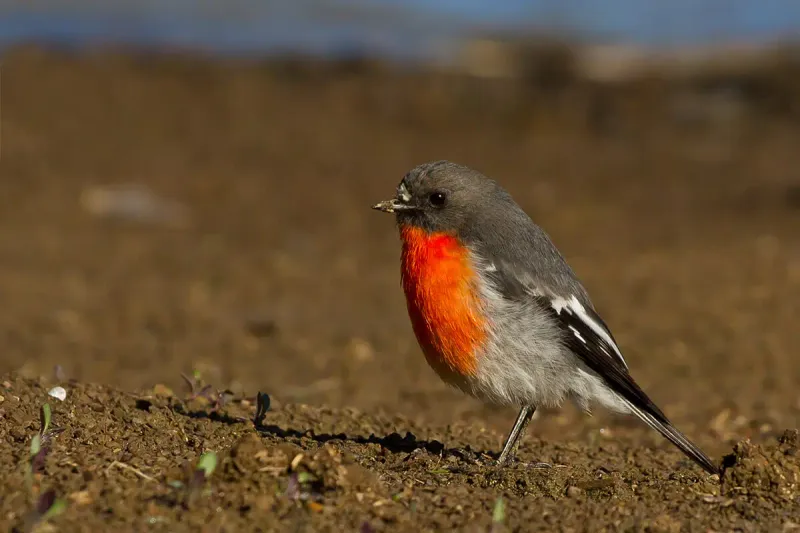
Brilliant orange-red breasts blazing against gray-black upper parts give these Australian birds the appearance of living fire. Tourists often mistake them for familiar American robins, though they are entirely unrelated.
Preferring prominent perches like fence posts, they expertly hunt insects below, making them one of Australia’s most misidentified birds.

